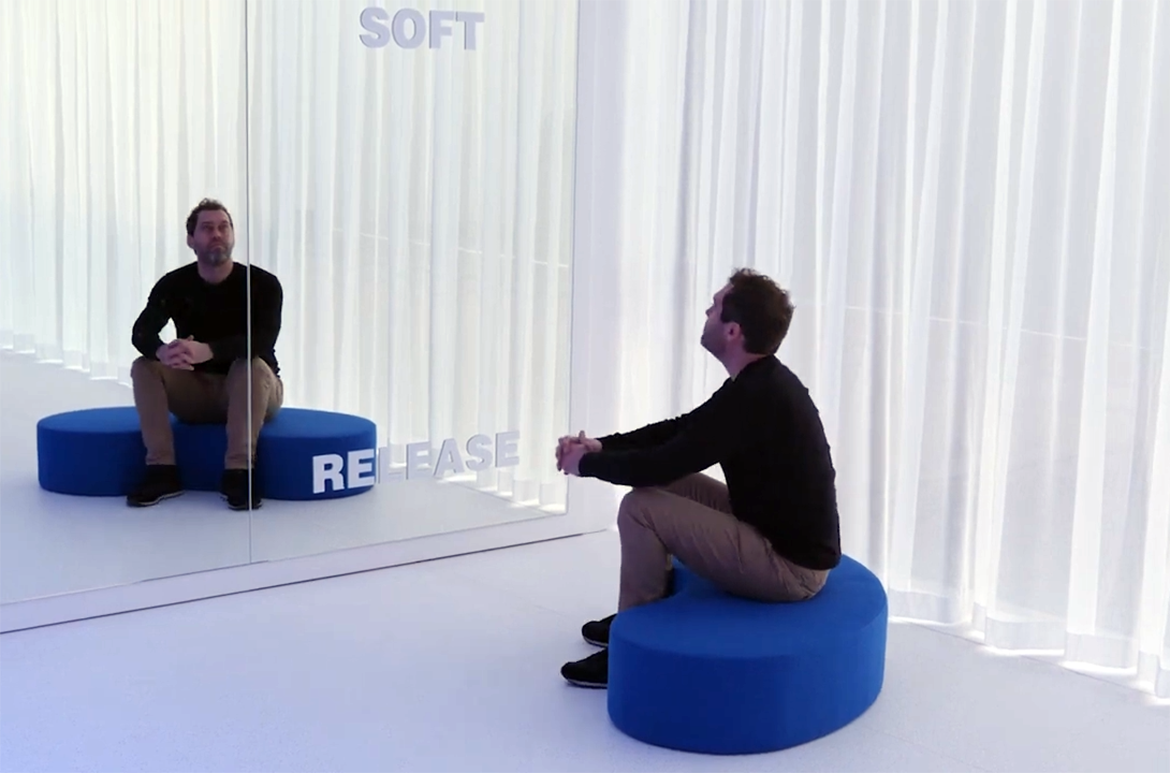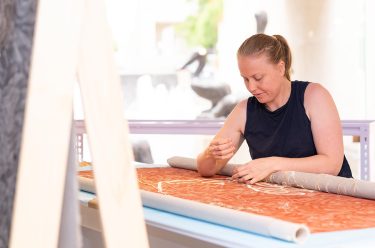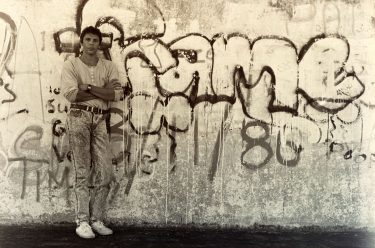Brisbane-based conceptual artist Sebastian Moody talks about returning to work at QAGOMA for his Open Studio installation — and his formative encounters with Fluxus art at the Gallery — after almost 20 years. Visit Open Studio at the Queensland Art Gallery for insights into the creative practice of contemporary Australian artists.
Sebastian Moody introduces the Open Studio project
Mark Gomes: Open Studio, with its focus on audience participation and inclusivity, shares an ethos with your work, a lot of which has been made for public spaces and uses language to explore how meaning is created and shared. Does your Open Studio project aim to connect people in a similar way?
Sebastian Moody: To begin with, I want to note that I worked as a Gallery and Visitor Services Officer at QAGOMA almost 20 years ago, and it’s really nice to be back. While working at the Gallery — observing people looking at art and thinking about what art is — I realised everybody comes to art with what’s already going on in their own heads. For me, art’s always been a way to get people try to understand how those ideas entered their heads in the first place. In this way, I think my work sits strongly in the tradition of classic, 1960s ‘capital C’ Conceptual Art. What I’m trying to do is get people to think about how they make their aesthetic choices, how they interpret works of art.
Open Studio: Sebastian Moody
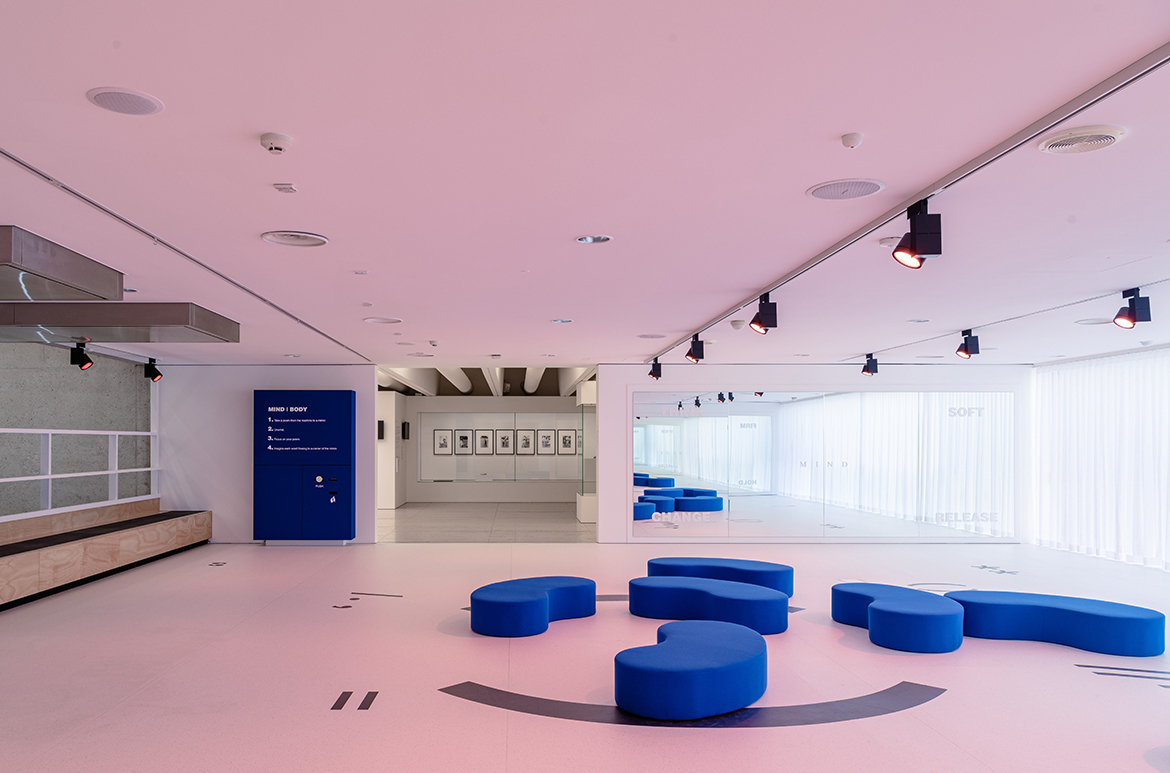
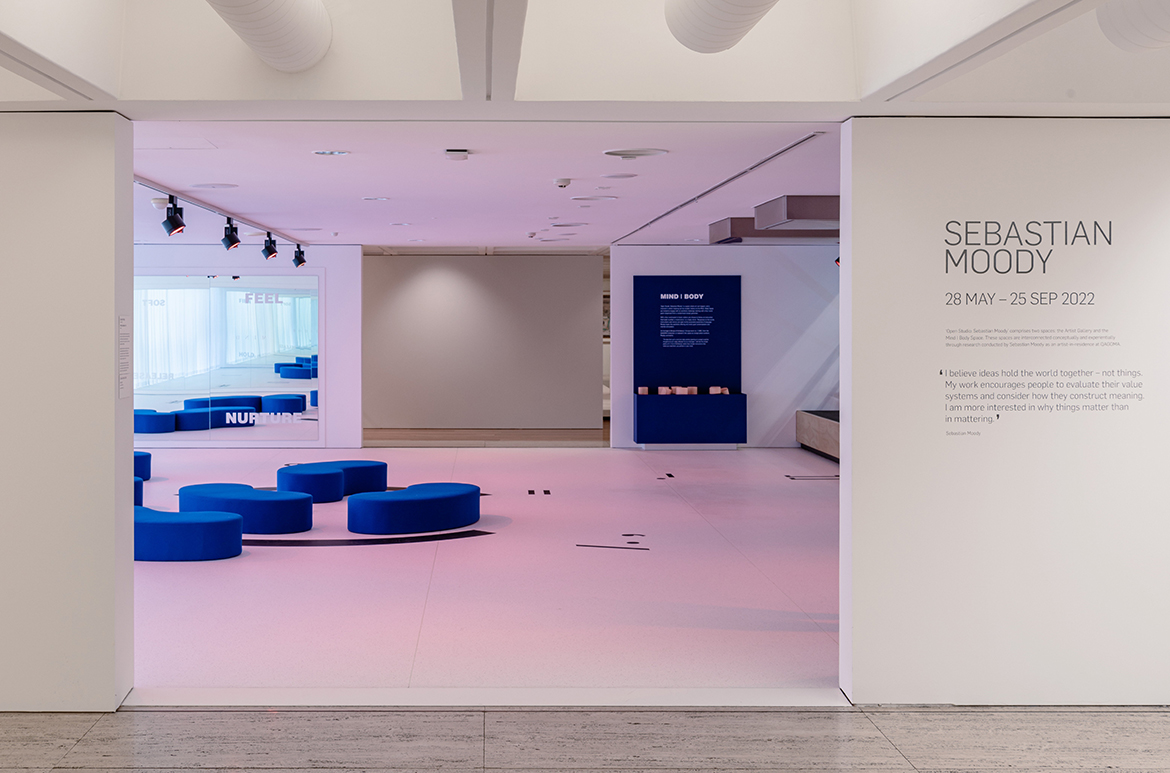


MG: Are there particular artists working in this vein you were drawn to while researching in the QAGOMA Research Library and exploring the Collection for your Open Studio project?
SM: There are two main artists. The first is the Swede Bengt af Klintberg and his Orange event of 1963, which I first remember seeing on display at QAG when I was 17 or 18 in the Fluxus exhibition, ‘Francesco Conz and the Intermedia Avant-Garde’ (1997–98). It’s basically an instructional work for peeling an orange and lining all the pieces up in a row: in other words, transforming a sphere into a line. I really like the simple poetry of it. A lot of Klintberg’s works have simple instructions that, when you read them, you sort of perform in your mind. Which to me is what Conceptual Art should do. You don’t need to make giant public artworks — that’s what post-conceptualism is, when Conceptual Art was given a budget. Really, it is enough to only think about these things.
The second artist is Alison Knowles, who worked in New York and was a founding member of Fluxus. She has a lot of instructional works, too, that illustrate what I mean. I think, fundamentally, Fluxus was trying to show you that you could be an artist. That, to me, is inspirational. I think we’ve lost that punk, emancipatory attitude, and it’s time to renew it. Today, Fluxus artworks are revered in books, but do they stand up when you actually follow through their instructions? Open Studio is a good excuse for me to share these Conceptual artworks from the QAGOMA Collection with audiences, have them follow the instructions and encourage an anyone-can-do-it attitude. Like the Fluxus artists, I am interested in ways of making art where, as the author, I don’t have to be responsible for the work — the audience is.
Sebastian Moody spoke with Mark Gomes, Senior Editor, Print and Digital Media, QAGOMA in March 2022.
Bengt af Klintberg ‘Orange event no. 3 (1963)’ 1992
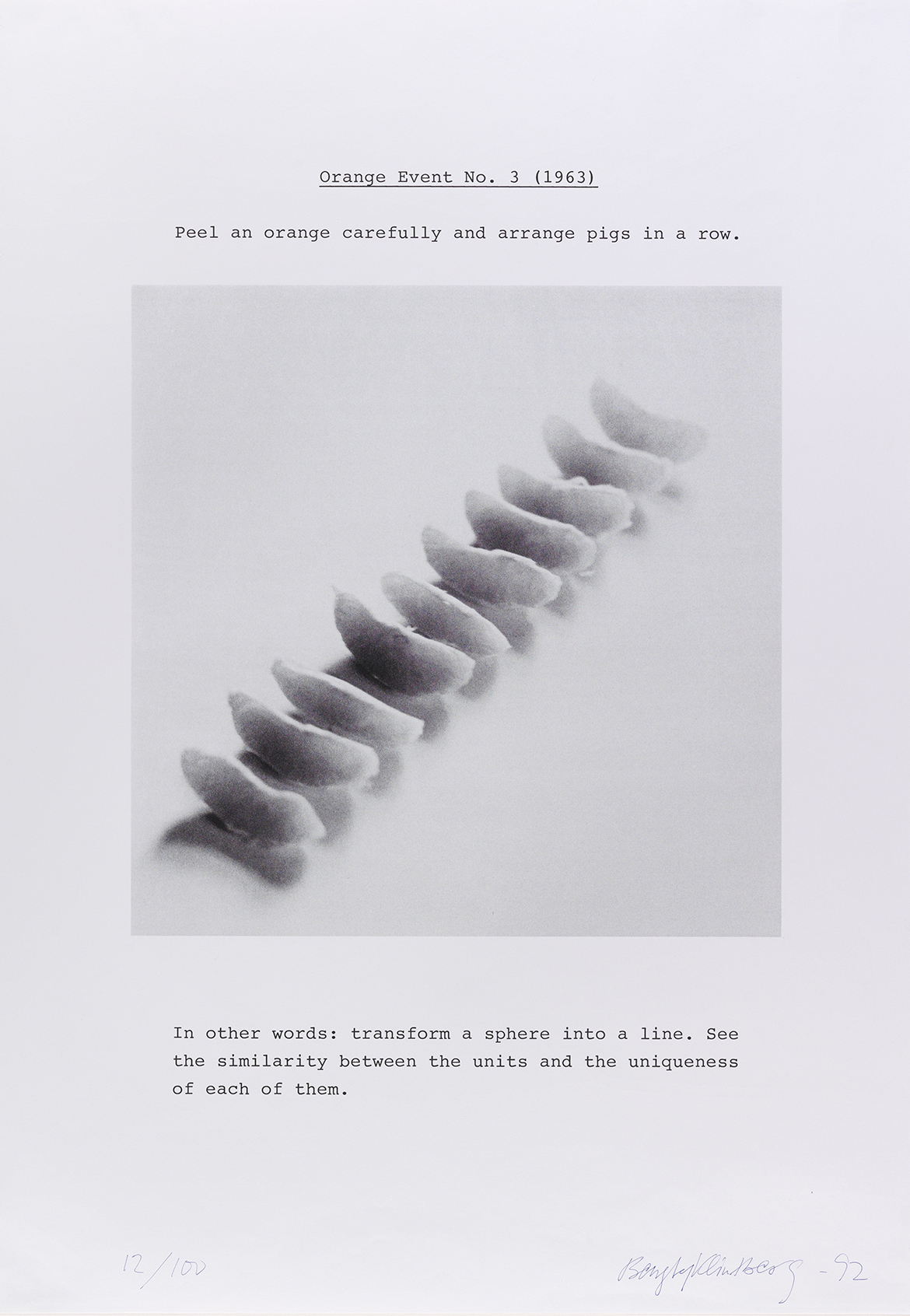
Alison Knowles ‘Leone D’Oro (portfolio)’ 1978
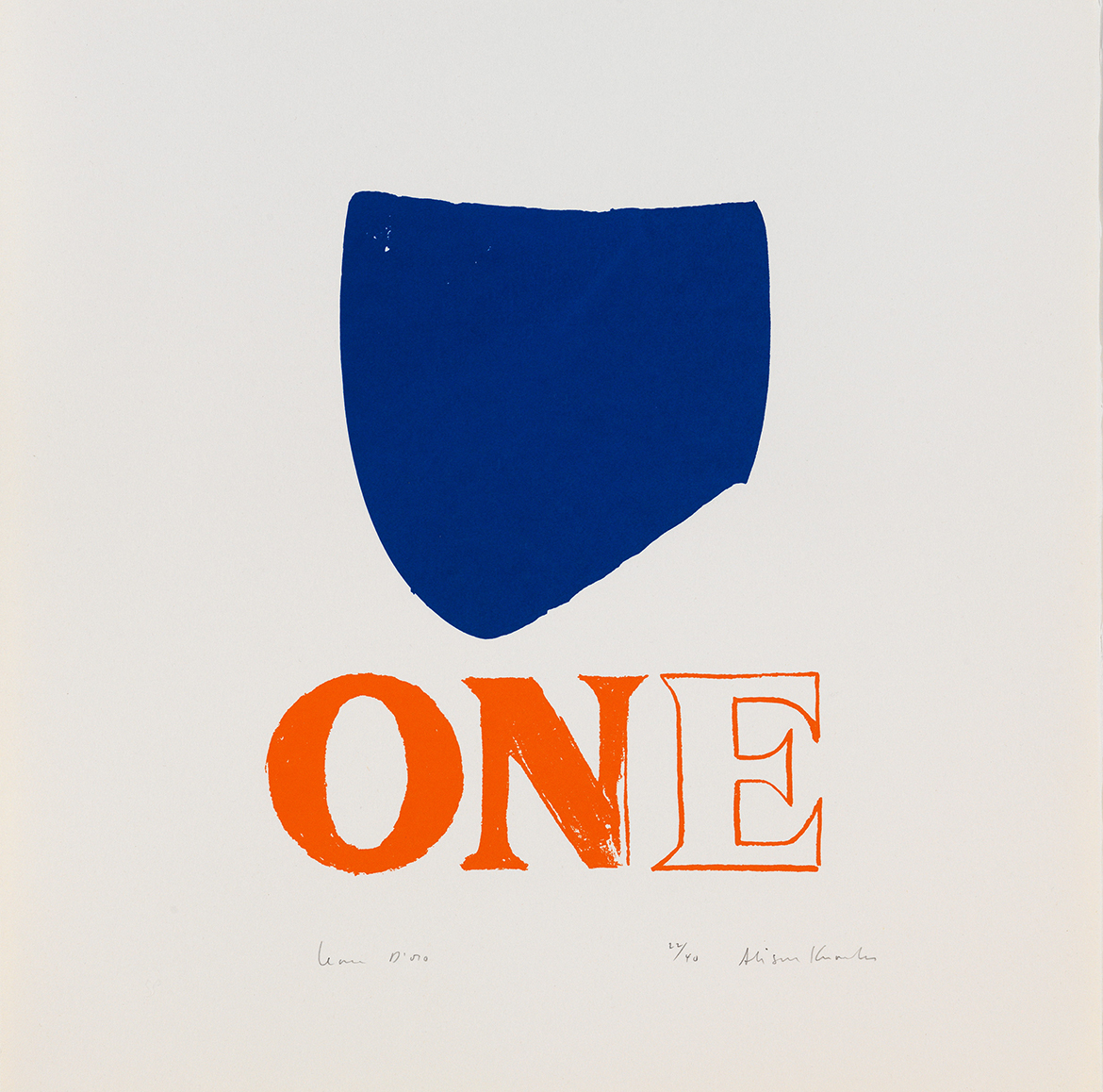
QAGOMA Research Library
The QAGOMA Research Library’s special collections are a rich source of research material that contains rare and unique items to inspire and inform. Items include ephemera and objects (a frog skin, a rubber duck) to LPs, artist books, rare books, correspondence, and photographs. Notable collections include the Peter Tyndall and Robert MacPherson Correspondence Archive 1970–2014 and the Asia Pacific Triennial Archive as well as a range of Fluxus-related resources.
The QAGOMA Research Library is located on Level 3 of the Gallery of Modern Art (GOMA). Open to the public Tuesday to Friday 10.00am to 5.00pm. visit us in person or explore the online catalogue. Access to special collections is available by appointment.
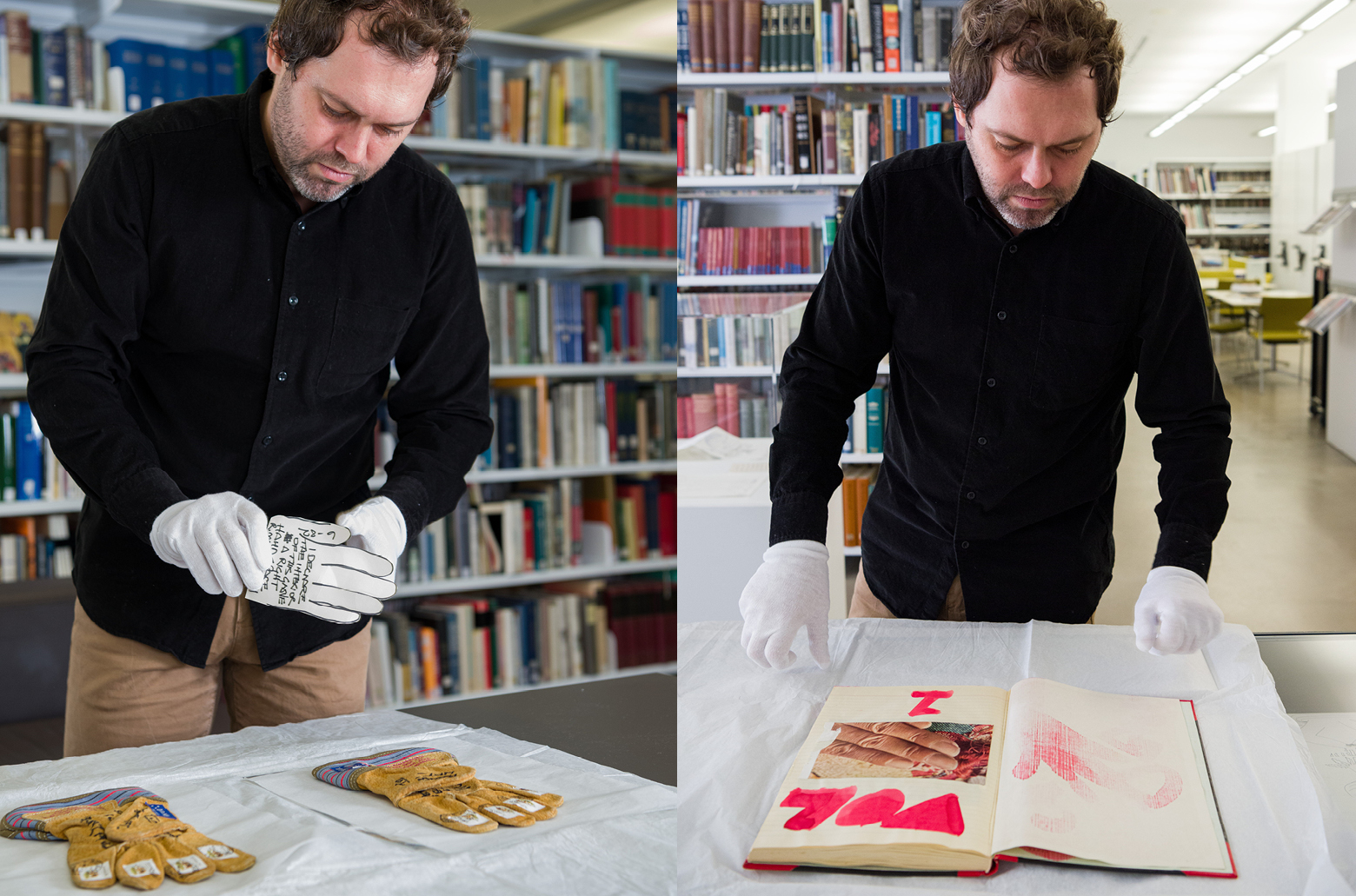
‘Open Studio: Sebastian Moody’ / Queensland Art Gallery / 28 May – 25 September 2022.
Featured Image: Sebastian Moody in ‘Open Studio’
#QAGOMA
